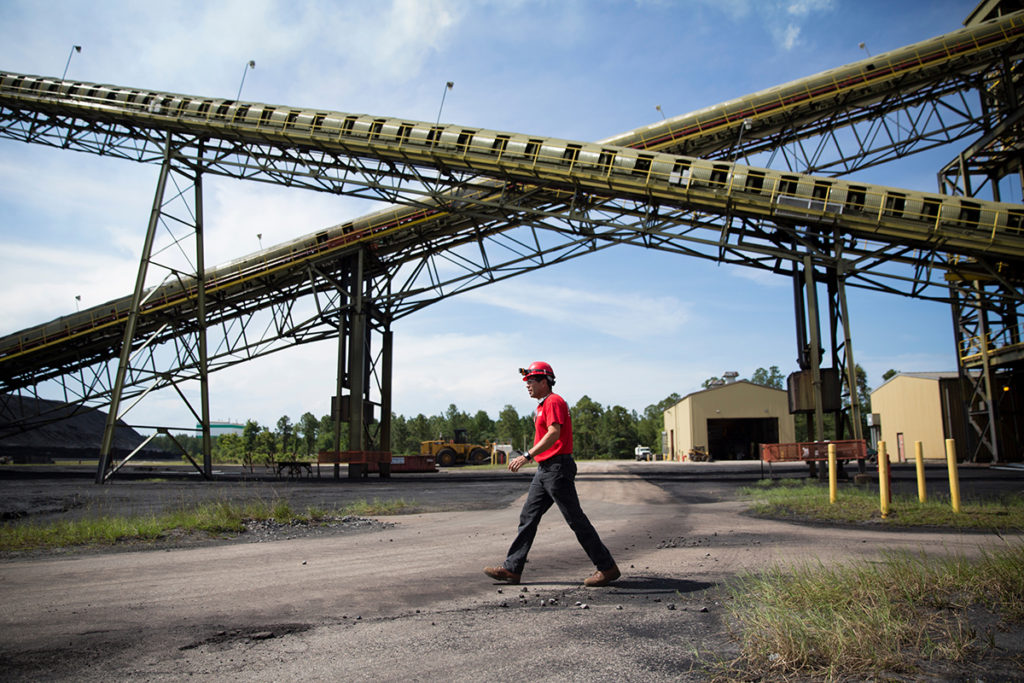
As the Environmental Protection Agency works to replace its controversial Clean Power Plan, NRECA provided the agency key points to consider on behalf of America’s electric cooperatives and their members.
“EPA has proposed a replacement to the Clean Power Plan that provides electric cooperatives and others with a more flexible approach that can reduce the cost of those measures to our member-consumers,” NRECA CEO Jim Matheson said. “Our comments outline improvements that EPA should make to ensure that the new regulation meets those goals.”
NRECA submitted formal comments to EPA on Oct. 31 as part of the agency’s rulemaking process to supplant the 2015 Clean Power Plan with the proposed Affordable Clean Energy (ACE) rule. The Clean Power Plan for reducing carbon dioxide emissions at existing coal-based generating units was stayed by the U.S. Supreme Court and never took effect.
NRECA recommended that the agency include the following considerations when writing a final ACE rule:
- Coal-based generation remains essential for many electric co-ops and their members. The final rule should offer flexibility for power generators and not penalize or hinder power plant upgrades aimed at reducing CO2.
- Electric co-ops serve people in 92 percent of the nation’s persistent poverty counties. Many co-op members rely on electric heat and are disproportionately impacted by high energy prices.
- Electric co-ops are at the forefront of the movement to reduce CO2. More than 95 percent of co-ops provide electricity generated from renewable sources, and 82 percent offer their members energy-efficiency options.
- A final rule must fall within EPA’s authority under the Clean Air Act. In part this could be met by having states evaluate what is cost-effective and feasible at the individual utilities to determine the best plan to meet the emission goals.
- Should EPA propose to require CO2 emission reductions from existing natural gas facilities, it must do so in a manner that does not delay a replacement for the Clean Power Plan for coal-based generation.
EPA has made completion of the ACE rule a priority for the first half of 2019. NRECA anticipates that, regardless of EPA’s decisions in drafting a Clean Power Plan replacement, the final rule will promptly be challenged in court.
Cathy Cash is a staff writer for NRECA.
Read more:
NRECA, G&Ts Have Their Say on EPA’s Clean Power Plan Replacement
Co-op Leaders React to EPA’s Proposed Clean Power Plan Replacement